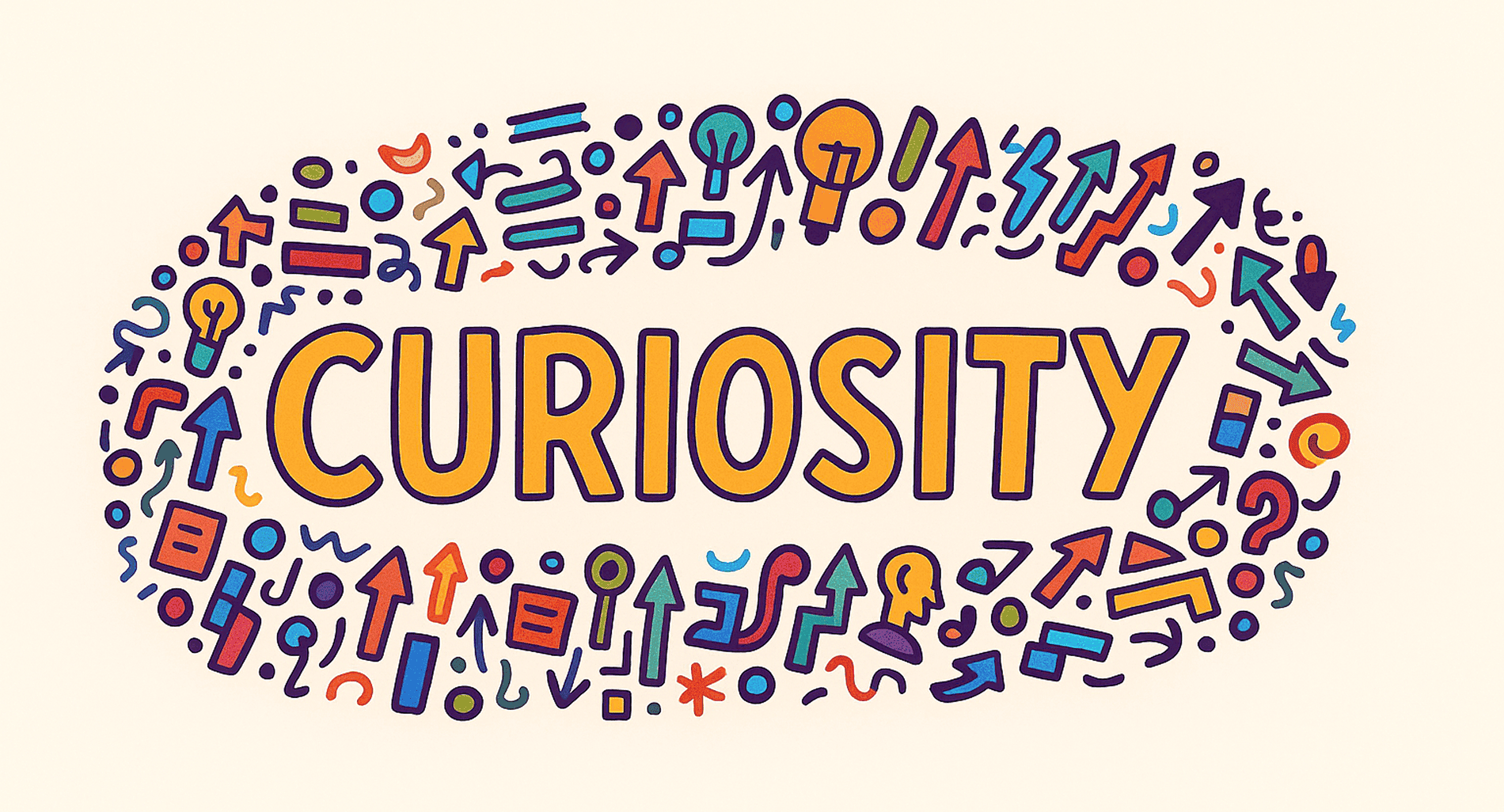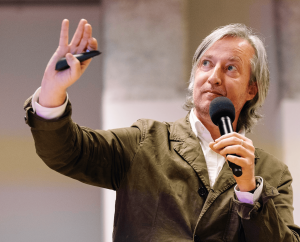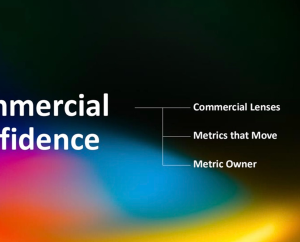the problem with networking.
“You need to start networking more.”
That sentence makes me squirm. And I’m willing to bet it does to you, too.
Networking sucks.
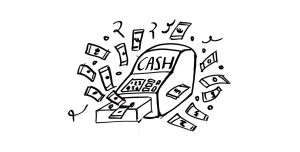
We find ourselves in an odd landscape in design where the traditional playbook of networking and building professional relationships isn’t aging well.
It’s become cold, transactional, and frustrating for all sides. It’s a tough world out there for young designers in 2025, and the economic pressures are real. We can no longer rely on a crisp portfolio and wicked craft to be seen and heard by the industry. We need meaningful visibility, relationships, but most importantly, we need trust.
So the complex question then arises: How do we regain a level of humanity and authenticity back into building relationships, whilst also supporting the deep-rooted, desperate need for the practical reality of finding jobs, referrals, and mentorships?
Spoiler alert: i’ve not got a good answer.
But i’ve got an idea that might help you.
that word, curiosity.
Every time i’ve asked established designers what younger designers should focus on to thrive in challenging times, they consistently hover around a single word:
Curiosity.

Not performative interest, but genuine curiosity about humans and their experiences.
I encountered this concept again during my second year of design school whilst listening to a random podcast with Hollywood producer, Brian Grazer.
Rather than discussing filmmaking, Grazer focused on a ritualistic personal practice that he calls “curiosity conversations”. For the last 40+ years, he has intentionally sought out conversations with people completely outside of his field. Not to network or pitch ideas, but to simply understand their worlds, learning about their experience, perspective, and work.
“Apollo 13” emerged because Grazer sat next to an astronaut on a flight. Instead of making small talk, he asked genuine questions about space travel and crisis management in orbit. That conversation eventually evolved into one of his most acclaimed projects.
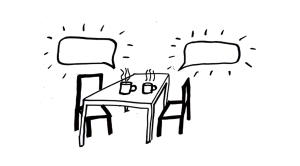
What is particularly cool about Grazer is that he consistently pins his professional career success and life fulfilment on these conversations.
Grazer’s experience offers a counterintuitive lesson: often, our most valuable professional relationships emerge from interactions where immediate professional gain isn’t the primary goal.
i think we’re out of practice.
As children, we asked “why” about everything without hesitation. Our curiosity was boundless and uninhibited.
i vividly remember asking my dad, on several occasions, ‘Are there an odd or even number of baked beans in a tin, dad?’

Then, gradually, that changed. Perhaps a teacher sighed at an “off-topic” question. Or classmates responded with confusion when you expressed interest in something unusual. Our education system often rewards having answers rather than asking questions.
By the time we enter professional environments, many of us have developed the habit of concealing knowledge gaps rather than acknowledging them as opportunities for growth.
here’s why i really believe in this as a designer.
His approach and attitude towards having regular “curiosity conversations” works for all designers, regardless of temperament or circumstance.
Introverts often excel at the deep, one-on-one format. Remote designers can conduct meaningful conversations despite geographic limitations. Junior designers gain access to insights that might otherwise be guarded behind experience barriers.
Each connection dramatically increases your “luck surface area”. The conversations open up new ‘possibility points’, places where unexpected collisions of ideas, people, and opportunities can occur.
While your peers are all chasing the same visible opportunities through traditional channels, these seemingly random conversations are creating entirely different pathways that others can’t access.
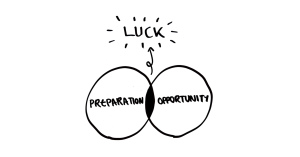
Grazer didn’t just “get lucky” sitting next to that astronaut. He created the conditions for serendipity and collision.
here’s some key curiosity conversation principles.
Having explored a lot of Brian’s work, but also discussed this concept with many a designer over the years, i’ve devised some basic principles that help align the goals of the conversations.
1. don’t try to be interesting; be interested. The pressure to stand out in design is considerable. It’s tempting to approach interactions focused on demonstrating your unique value.
When you redirect your focus toward being genuinely interested in others, the dynamic changes entirely. We not only learn more but paradoxically become more interesting ourselves. The performance anxiety dissolves. Your questions become more thoughtful. You start noticing nuances in others’ experiences that most people miss.
2. detach from extraction, for now. Everyone preaches ‘give, then ask’ when forming connections, but that’s easier said than done. Let’s be real, everyone struggles with the ‘give’ part. It’s normal, and i feel this every day.
Curiosity conversations operate on a different principle: temporarily suspending the question of immediate benefit.
This might sound disconnected from the reality of needing jobs and opportunities, but i’ve found that valuable relationships often develop indirectly, through connections that start with genuine interest rather than strategic intent.
A common challenge is getting past the receiving intent and perception of the person, and it’s a challenge, but there are some tips later for this.
3. normalise confusion. As younger designers, we spend much of our time unsure, questioning our choices, our abilities, and our direction.
However, the most valuable curiosity conversation will leave you with more questions than answers. Your existing mental models might be challenged, reset, or pivoted. To become better humans, we have to be challenged, unsure, disrupted, and told we’re wrong.
a practical guide
1. start tiny. Begin chatting with people already in your orbit. Different, unique perspectives are everywhere, and starting with low-pressure conversations massively builds your confidence. This could be friends in interesting jobs, friends-of-friends, or even your old lecturers.
2. communicate intention. When reaching out, be clear about your purpose: “I’ve been following your work in [specific area], and I’m genuinely interested in understanding more about your approach.” This can bypass some of the ghosting and misinterpretation that can happen when young designers reach out to others.
3. be prepared. Come prepared. Develop questions that invite stories and reflection: “What aspects of this field have surprised you the most?”. Asking Chat GPT for questions is totally fair game. We all do it.
4. actively listen. Aim to listen significantly more than you speak. People love talking, especially about something they’re passionate about. Soak it in.
5. follow-up. Always, always follow up. If it’s sending the initial message or saying thank you. People are busy, and things get lost.
If you felt a good vibe or energy, keep the narrative flowing, and if not, that’s fine! It’s crucial to build genuine, authentic relationships.
We also live in a world of business, and there is always a conversion rate with these things. You can’t expect a 100% response rate. It would be crazy and it ain’t gonna happen!
the potential outcome.
Traditional networking is failing many young designers in 2025. The industry feels saturated, opportunities seem scarce, and standing out feels increasingly difficult. But when you shift from trying to be noticed to genuinely noticing others, from self-promotion to authentic curiosity, something remarkable happens.
You become a better human. You become a better designer. And paradoxically, you become exactly the kind of person others want to know, hire, and collaborate with.
Now, your move:
Find one person whose work or life makes you genuinely curious.
Send them a message today, and be unapologetically curious.
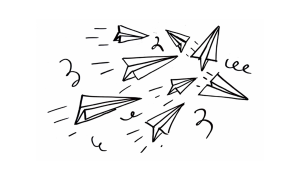
***
All visuals are created by Fergus Inns.
Fergus Inns will be entertaining us with a mix of generational insight during the Design Matters 25 Evening Program in Copenhagen. If you want to know more about Fergus, then feel free to check him out on his platforms:
Website: https://www.tomorrowsdesigners.io/
LinkedIn: www.linkedin.com/in/fergus-inns
Instagram: @fergusinns

